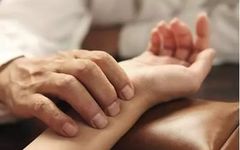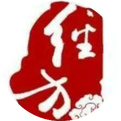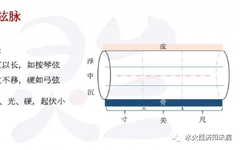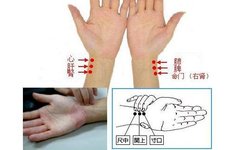Understanding Pulse Diagnosis: The Dual and Single String Pulses in Cold and Fluid Conditions
The dual string pulse indicates cold, as it is often found in cases of significant deficiency after purging. The single string pulse indicates fluid retention. — Jin Kui Yao Lue This string pulse is primarily associated with cold and fluid retention, as well as pain, and is linked to the Shaoyang pulse, which is … Read more


![Pulse Diagnosis ‖ The Twenty-Eight Pulses and Their Main Diseases [Part 2]](https://tcmland.com/wp-content/uploads/2025/03/adeb21b6-2d1c-4e02-820e-8565c39e096e.jpg)






